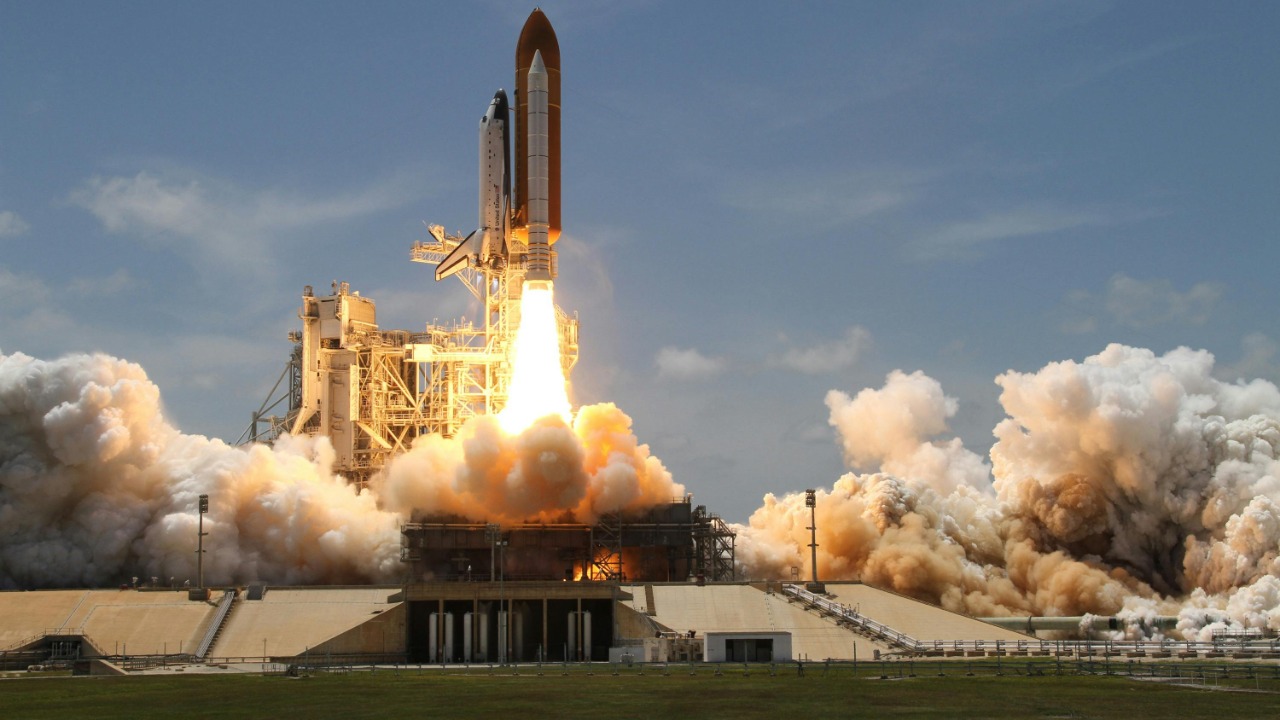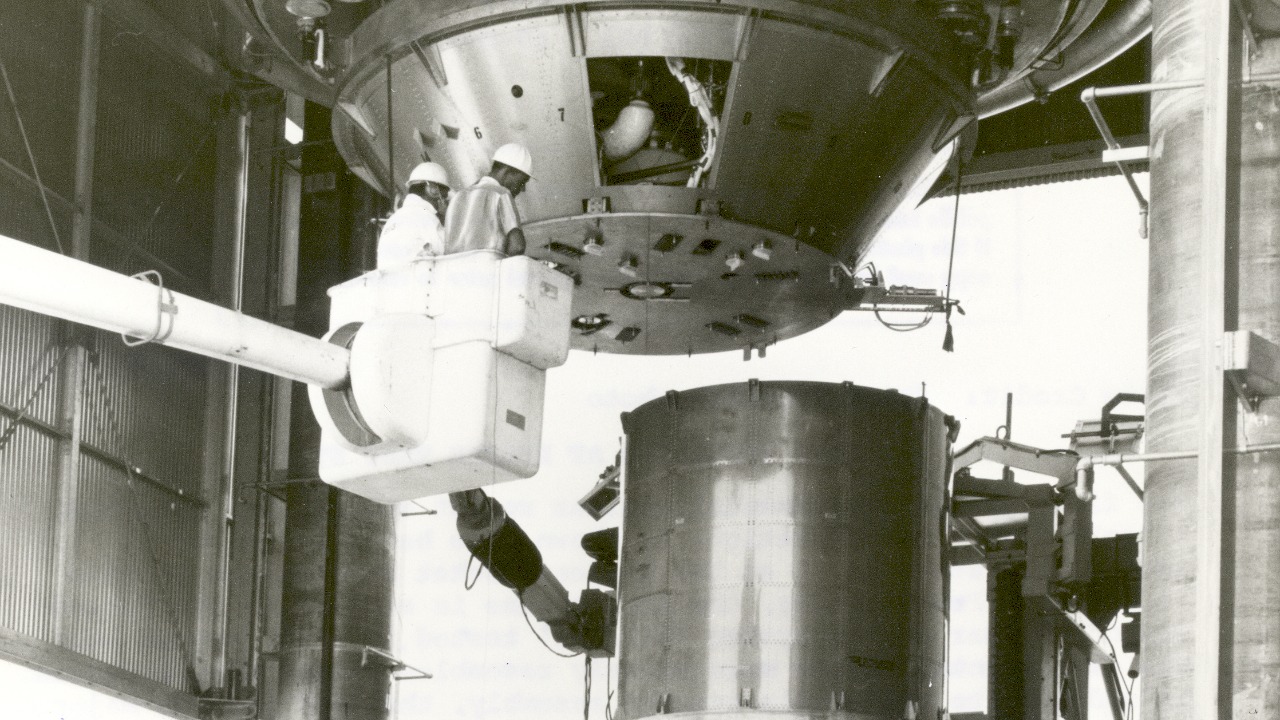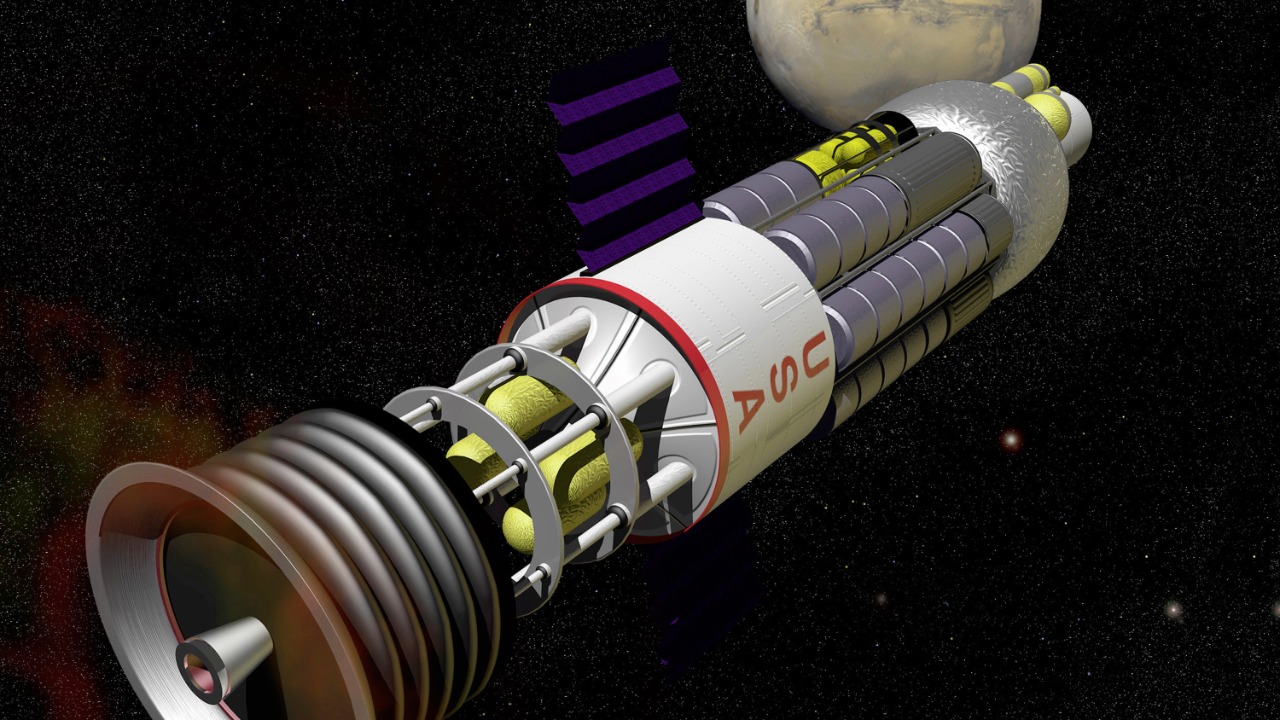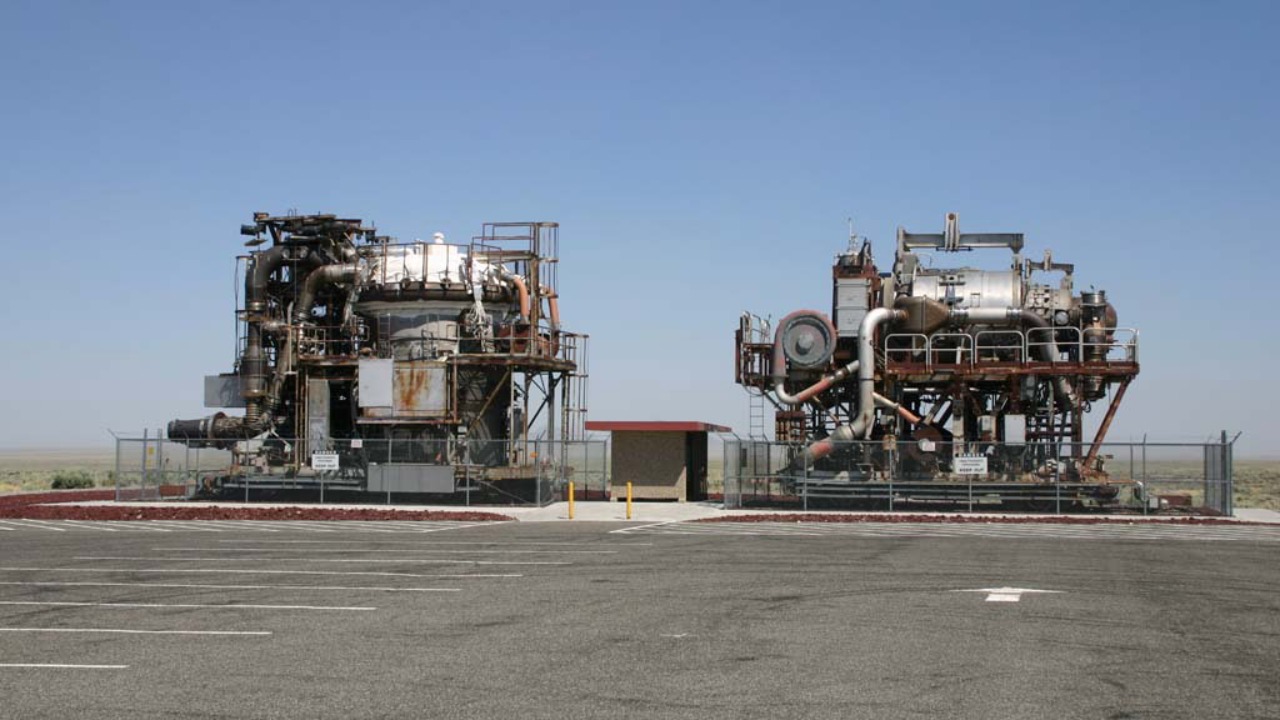
NASA’s ambitious plans to explore Mars have taken a significant step forward with the development of a nuclear-powered rocket. This new technology promises to reduce travel time and increase the efficiency of space missions, potentially transforming Mars exploration dreams into reality.
The Need for Nuclear Propulsion

Current Limitations of Chemical Rockets
Traditional chemical rockets, which have been the cornerstone of space exploration since the mid-20th century, are increasingly viewed as insufficient for deep-space missions. These rockets rely on combustion to generate thrust, a process that requires vast amounts of propellant. The consequence of this is twofold: long travel times and fuel inefficiency. A mission to Mars using chemical propulsion could take up to nine months, a duration that presents significant challenges in terms of life support, radiation exposure, and psychological impacts on astronauts.
The inefficiency of chemical rockets also means that a large proportion of the rocket’s mass must be allocated to fuel, leaving less room for scientific instruments and payloads. This limitation hinders the scope of research and exploration activities that can be conducted on Mars. The need for a more efficient propulsion system is clear if we are to make Mars colonization a feasible goal.
Benefits of Nuclear Propulsion
Nuclear propulsion offers a promising alternative by potentially cutting the travel time to Mars in half. This technology relies on the principles of nuclear thermal propulsion, where a nuclear reactor heats a propellant, such as hydrogen, to produce thrust. The energy density of nuclear fuel far exceeds that of chemical propellants, allowing for more efficient travel.
Reducing the travel time not only minimizes the risks associated with long-duration spaceflights but also opens up new possibilities for exploration. With quicker and more efficient propulsion, missions could carry larger payloads, enabling more comprehensive scientific investigations. The ability to reach Mars more rapidly also means that astronauts can spend more time on the planet’s surface, conducting research and experiments that are crucial for future colonization efforts.
How Nuclear Rockets Work

Principles of Nuclear Thermal Propulsion
Nuclear thermal propulsion (NTP) operates on a relatively straightforward principle. A nuclear reactor is used to heat a propellant, typically hydrogen, which expands and is expelled through a rocket nozzle to produce thrust. The efficiency of this process is significantly higher than that of chemical rockets, which burn fuel and oxidizer to produce thrust.
The core of an NTP system is its nuclear reactor, which can achieve temperatures upwards of 2,500 degrees Celsius. This high temperature enables the propellant to expand rapidly, creating a powerful thrust. The system’s efficiency is measured by its specific impulse, a term that refers to the amount of thrust produced per unit of propellant. Nuclear propulsion systems have specific impulses approximately twice that of chemical systems, making them far more efficient.
Comparisons with Existing Technologies
When comparing nuclear propulsion to existing technologies, the differences in efficiency and performance are stark. Chemical propulsion, while reliable, is limited by its low specific impulse and high fuel consumption. Electric propulsion, such as ion thrusters, offers higher efficiency but generates low thrust, making it unsuitable for crewed missions where time is a critical factor.
In contrast, nuclear propulsion provides a balance of high thrust and efficiency, making it ideal for deep-space missions. The ability to carry larger payloads and shorten transit times could revolutionize not just missions to Mars, but the entire approach to human space exploration. For example, missions to the outer planets, which currently take years with existing technology, could be conducted in a fraction of the time.
NASA’s Partnership with DARPA and General Atomics

Collaborative Development Efforts
NASA’s pursuit of nuclear propulsion technology is bolstered by its collaboration with the Defense Advanced Research Projects Agency (DARPA) and General Atomics. This partnership aims to harness the combined expertise of these organizations to develop a nuclear thermal propulsion system suitable for deep-space exploration.
The collaboration focuses on leveraging General Atomics’ experience in nuclear technology and DARPA’s advanced research capabilities to overcome the challenges associated with NTP. These efforts are geared towards developing a propulsion system that is not only technically feasible but also safe and reliable for human missions. The partnership highlights the importance of cross-agency collaboration in achieving breakthroughs in space technology.
Testing and Development Milestones
Significant progress has been made in the development of nuclear propulsion systems. NASA and its partners have achieved key milestones, including the successful testing of nuclear fuel intended for use in thermal propulsion systems. These tests are crucial in validating the technology and ensuring its readiness for future missions.
Looking ahead, upcoming tests will focus on demonstrating the full functionality of the propulsion system in a space environment. These milestones are not just technical achievements but also pivotal steps in realizing the vision of crewed missions to Mars. By continually advancing the development of nuclear propulsion, NASA is laying the groundwork for a new era of space exploration.
Challenges and Safety Concerns

Technical and Engineering Challenges
Developing a nuclear-powered rocket presents numerous technical challenges. The design and construction of a compact and efficient nuclear reactor capable of withstanding the harsh conditions of space is a significant engineering feat. Additionally, the integration of the reactor with the propulsion system requires precise engineering to ensure optimal performance and safety.
Another challenge lies in the management of heat generated by the reactor. Effective thermal regulation is necessary to prevent overheating, which could compromise the system’s integrity. Engineers are also tasked with ensuring the system’s resilience against the intense radiation environment of space, which can affect both the reactor and the spacecraft’s electronic systems.
Safety and Environmental Considerations
Safety is paramount when dealing with nuclear propulsion. The potential risks associated with launching a nuclear-powered rocket include contamination in the event of a launch failure. To mitigate these risks, stringent safety protocols and containment measures are being developed.
Environmental considerations are also a priority. While the propulsion system itself operates in the vacuum of space, ensuring that the launch and operation of nuclear rockets do not adversely impact Earth’s environment is crucial. NASA and its partners are committed to addressing these concerns, drawing on decades of experience in handling nuclear materials safely.
The Future of Mars Exploration

Potential Impact on Mars Missions
The introduction of nuclear propulsion could dramatically reshape future Mars missions. With reduced travel times, missions could be conducted more frequently, accelerating the pace of exploration and scientific discovery. The ability to carry larger payloads would expand the scope of research, enabling more sophisticated experiments and longer stays on the Martian surface.
Moreover, nuclear propulsion could facilitate the establishment of a permanent human presence on Mars. By significantly cutting the logistical challenges associated with resupply and crew rotation, the technology could make sustainable colonization a reality. This would mark a significant milestone in humanity’s quest to become an interplanetary species.
Beyond Mars: Broader Implications for Space Exploration
Nuclear propulsion’s potential extends far beyond Mars. Its efficiency and speed could open up the entire solar system to human exploration. Missions to the outer planets, such as Jupiter and Saturn, could be completed in a fraction of the current time, vastly expanding the horizons of human exploration.
The technology also holds promise for robotic missions to distant celestial bodies, where it could enable the delivery of larger scientific payloads and more advanced instruments. By pushing the boundaries of what’s possible in space travel, nuclear propulsion could herald a new era of discovery, bringing us closer to answering some of the most profound questions about our universe.